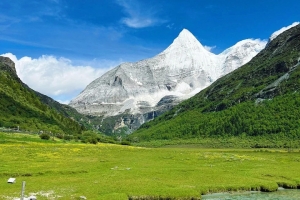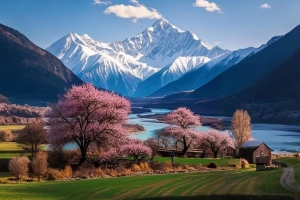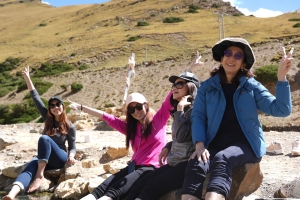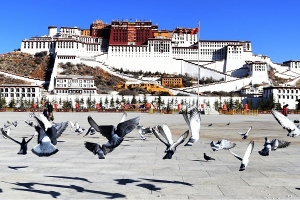The Symbolism of Colors in Tibetan Life
Tibetan culture is rich with symbolism, and colors play a crucial role in spiritual practices, traditional art, and daily life. From the prayer flags fluttering in the wind to the intricate thangkas depicting deities, every hue carries a deeper meaning rooted in Buddhist philosophy, protective traditions, and cosmic balance. Understanding the significance of colors in Tibet not only enhances one’s appreciation of its vibrant landscapes but also offers insight into the spiritual mindset of the Tibetan people.

Colors and Buddhism in Tibetan Culture
Buddhism is deeply interwoven with Tibetan culture, and colors play an essential role in conveying Buddhist teachings, symbolism, and meditative practices. In Tibetan Buddhist iconography, different colors represent aspects of enlightenment, deities, and the path to spiritual awakening. Each Buddha or bodhisattva is associated with a specific color that reflects their attributes and spiritual influence. For instance, the Medicine Buddha is often depicted in deep blue, symbolizing healing and wisdom, while Avalokiteshvara (Chenrezig), the bodhisattva of compassion, is often painted white, representing purity and infinite kindness. Tibetan Buddhist rituals and ceremonies also incorporate colors through offerings, sacred paintings, and ceremonial objects to invoke blessings and spiritual protection.
The Five Pure Lights and Their Spiritual Meaning
One of the most profound color systems in Tibet is the concept of the Five Pure Lights, which correspond to the five primary colors seen in Tibetan prayer flags, mandalas, and religious paintings. Each color represents an element, a direction, and an aspect of enlightenment.
Blue – The Color of Wisdom and Space
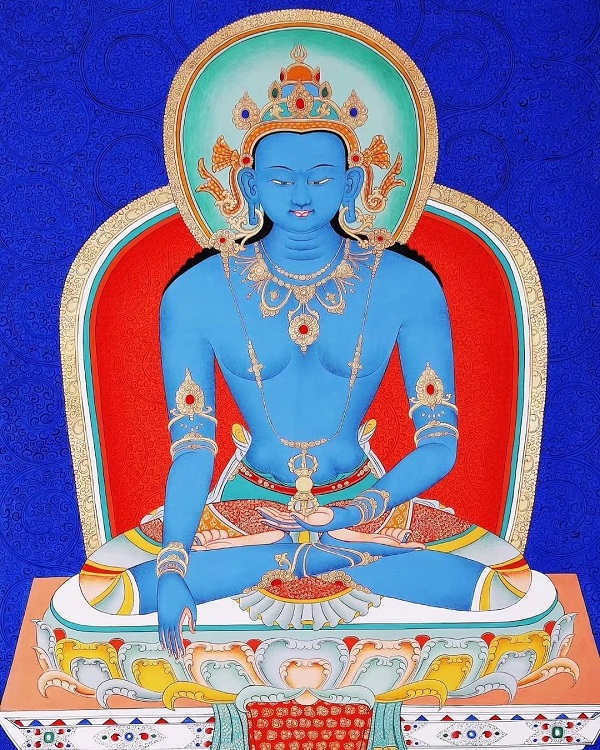
Blue is associated with the sky and vastness, symbolizing wisdom and infinite consciousness. It is linked to the Buddha Akshobhya, who embodies clarity and the purification of anger. In Tibetan homes, blue is often used in decorations to bring peace and protection. Monks wear deep red robes tinged with blue hues, signifying spiritual devotion and detachment from material concerns.
White – The Color of Purity and Air
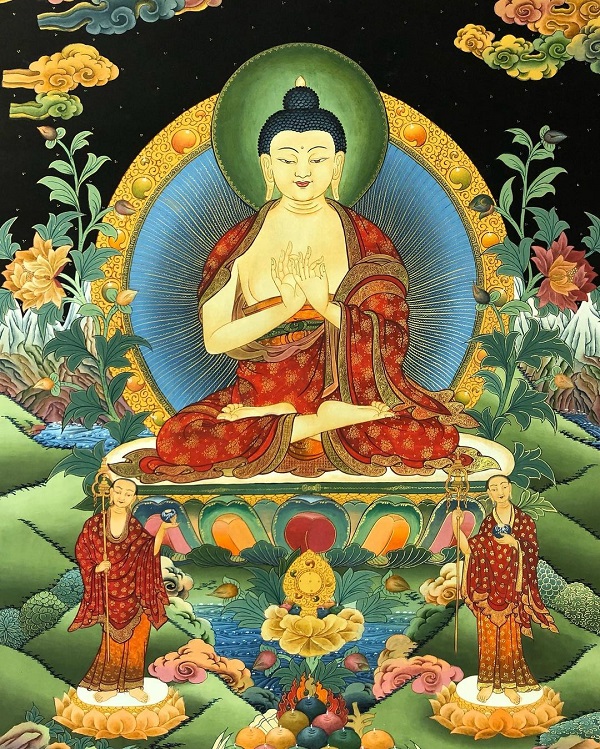
White signifies purity, knowledge, and longevity. It is associated with the Buddha Vairocana, who represents the transformation of ignorance into wisdom. White conch shells, white silk scarves (khatas), and white barley flour (tsampa) play significant roles in Tibetan ceremonies, symbolizing auspicious beginnings and the offering of blessings.
Red – The Color of Power and Fire

Red embodies strength, passion, and transformation. It is the dominant color in Tibetan monasteries and is associated with the Buddha Amitabha, the deity of boundless compassion. Red protects against evil spirits and negative energies. Wrathful deities are often depicted in red, representing their fierce compassion in overcoming obstacles.
Green – The Color of Action and Nature
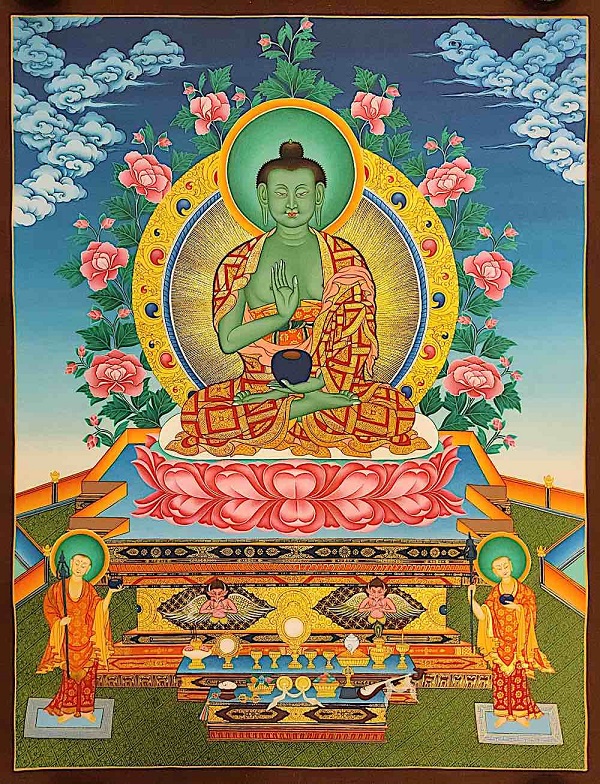
Green is the color of harmony, balance, and karma. It is linked to the Buddha Amoghasiddhi, who embodies fearlessness and accomplishment. Green Tara, one of Tibet’s most beloved deities, is depicted in green to represent her swift action in responding to the prayers of devotees. In Tibetan landscapes, the green fields and rolling hills are considered sacred and imbued with spiritual energy.
Yellow – The Color of Earth and Enlightenment
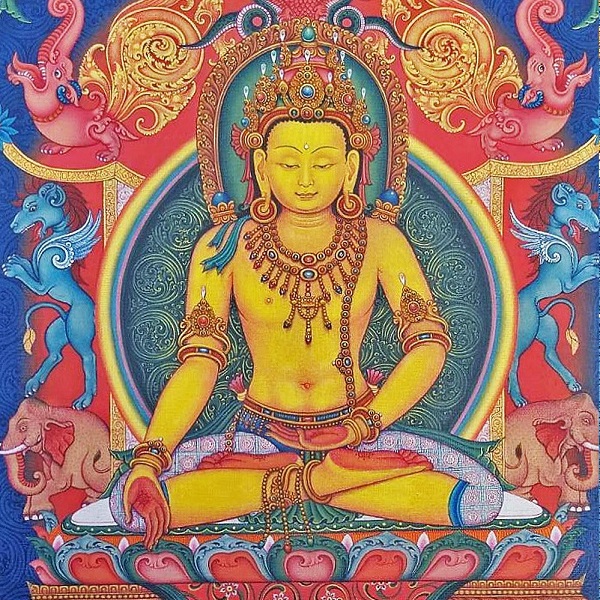
Yellow represents stability, wealth, and wisdom. It is associated with Ratnasambhava, the Buddha of generosity and equanimity. In Tibetan Buddhism, monks of the Gelug school wear distinctive yellow hats, earning them the nickname “Yellow Hat sect.” Yellow-painted walls and golden statues in monasteries symbolize the attainment of enlightenment and prosperity.
Colors in Tibetan Rituals and Traditions
Tibetan culture uses colors in various rituals to invoke blessings, protection, and cosmic balance. These traditions reflect the deep interconnection between the physical and spiritual worlds.
Prayer Flags – Carriers of Blessings
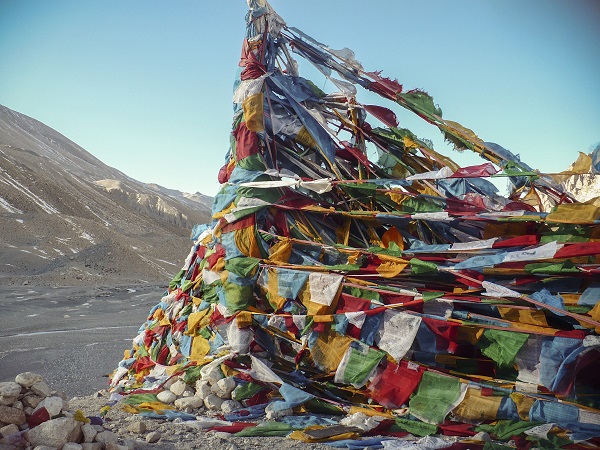
Tibetan prayer flags, arranged in the five sacred colors, are strung across mountain passes, temples, and rooftops. Each fluttering flag releases prayers into the wind, spreading peace and harmony. The order of colors from left to right—blue, white, red, green, and yellow—represents the balance of the elements in the universe.
Sand Mandalas – The Art of Impermanence

Sand mandalas are intricate geometric designs created by Tibetan monks using colored sand. These ephemeral artworks are destroyed upon completion, symbolizing the impermanence of life. Each color in the mandala holds spiritual meaning, guiding the meditation process of both creators and observers.
Khata Scarves – Symbols of Respect
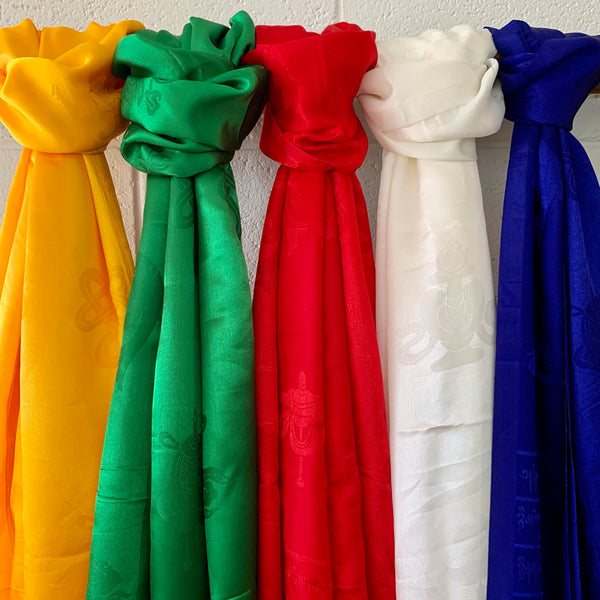
White and yellow khata scarves are offered as a gesture of goodwill, respect, and blessings. Given during religious ceremonies, greetings, and farewells, these scarves embody purity and auspiciousness.
Monastic Robes – A Mark of Devotion
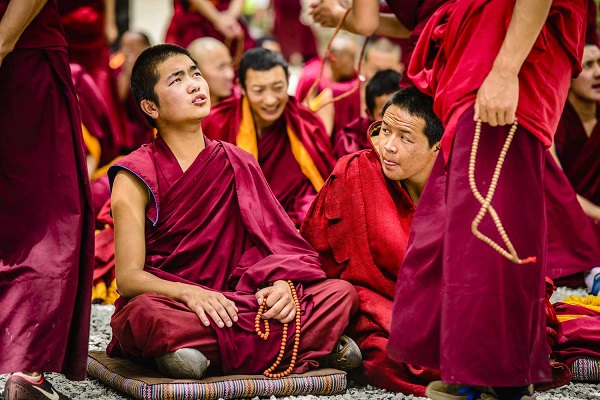
Monks and lamas wear robes in red and maroon hues, reflecting renunciation and spiritual discipline. In the Gelug school, yellow hats distinguish high-ranking monks, while black hats are worn by the Karmapa of the Kagyu tradition, symbolizing wisdom and lineage power.
Colors in Tibetan Art and Architecture
Tibetan monasteries and palaces showcase a breathtaking use of color, each shade carrying a specific purpose and meaning.
The Potala Palace – A Fortress of Colors
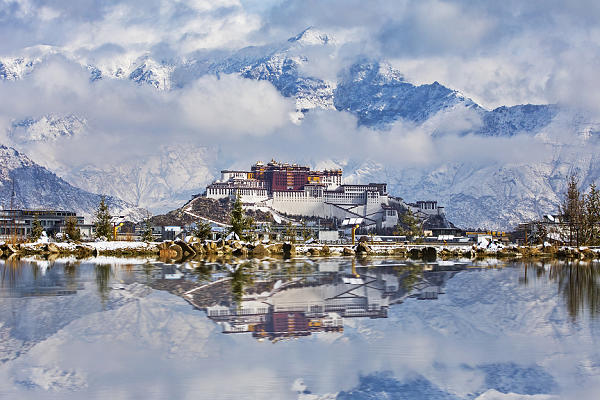
The iconic Potala Palace in Lhasa is a masterpiece of Tibetan architecture, with its red, white, and gold structures symbolizing different aspects of Buddhist philosophy. The red symbolizes the power of the Dharma, the white represents purity, and the golden rooftops signify enlightenment.
Thangka Paintings – Visual Teachings of the Dharma
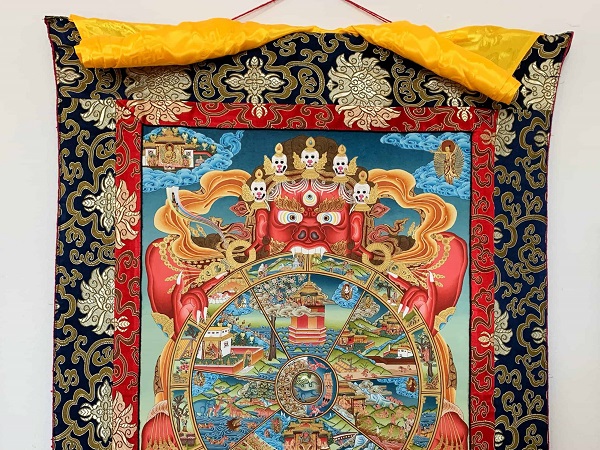
Thangka paintings, traditional Tibetan scrolls depicting Buddhist deities and stories, are rich in symbolic colors. Each deity is painted in a specific color that reflects their role—wrathful deities in dark red or black, peaceful Buddhas in white or blue, and protective deities in green or yellow.
Monastery Decorations – Sacred Spaces of Color
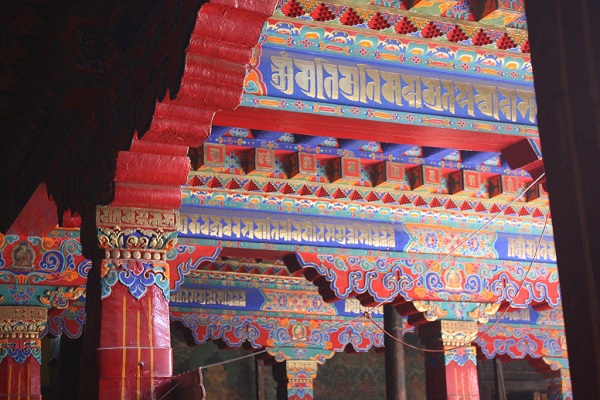
Inside Tibetan monasteries, walls are adorned with murals featuring vibrant depictions of the Buddha’s life, Dharma teachings, and cosmic mandalas. The use of specific colors enhances the spiritual atmosphere, guiding practitioners toward enlightenment.
Sacred Shades of Tibet
Colors in Tibetan culture are more than just visual elements; they are deeply woven into the spiritual, artistic, and daily life of the Tibetan people. Whether through prayer flags fluttering against mountain backdrops, the sacred hues of monastic robes, or the detailed thangkas narrating Buddhist teachings, each color tells a story of faith, protection, and cosmic harmony. Travelers to Tibet will find themselves immersed in a world where colors are not just seen but felt, understood, and revered as part of a grand spiritual tradition.



